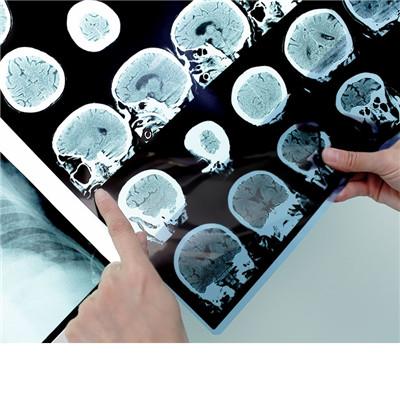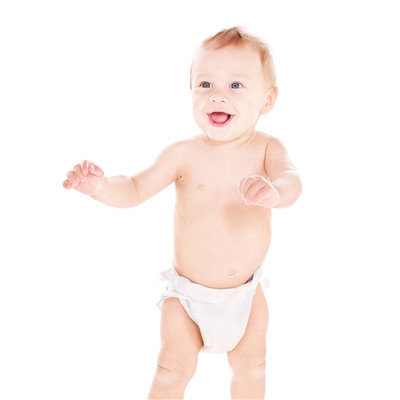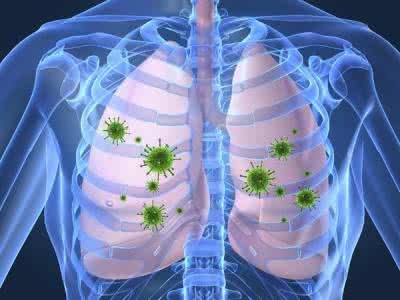The early symptom of children kidney disease?
summary
Nephrotic syndrome, referred to as nephrosis, is a clinical syndrome characterized by massive proteinuria, hypoproteinemia, hypercholesterolemia and obvious edema. The disease is more common in children with kidney disease, divided into primary nephrotic syndrome and secondary nephrotic syndrome. The early symptom of children kidney disease? Let's talk about it.
The early symptom of children kidney disease?
Some children with nephrotic syndrome will have striation in their body. The common parts are the thigh and the inner side of upper arm, abdomen and chest. In these parts, there will be white or purple striations similar to those of pregnant women.
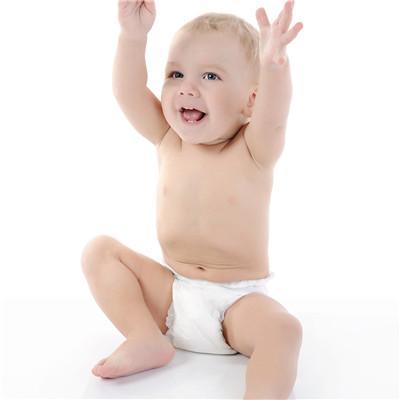
Children with abnormal urine syndrome will suddenly appear night urine frequency, urine color darker, urine volume reduced, urine foam increase and so on. Due to the lack of disease awareness of children themselves, even if abnormal urine is found, they will not pay attention, so parents should pay more attention to children's daily behavior in daily life.
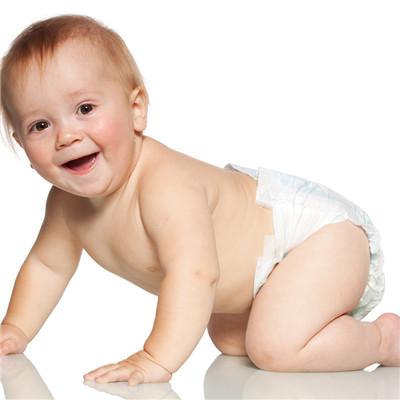
Anemia is the most obvious early symptom of nephrotic syndrome in anemic children. Children with diabetic nephropathy with obvious azotemia may have mild to moderate anemia. Parents should not ignore the symptoms of anemia in children, because anemia can not only cause the decline of human immunity, but also induce various complications of nephrotic syndrome in children. It should be noted that this anemia is caused by erythropoiesis disorder, so iron treatment is ineffective.
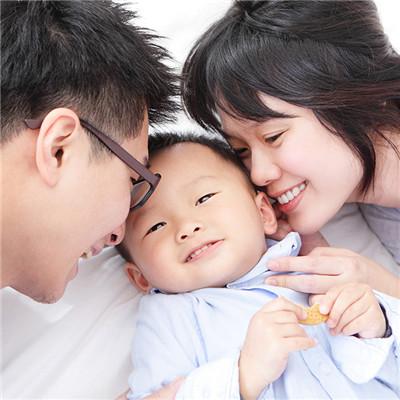
matters needing attention
In addition, some children with nephrotic syndrome will appear eyelid edema. Parents often report that their children's eyelids are swollen when they get up in the morning, like "meat eye blisters". They think it is caused by staying up late, but they soon develop edema of lower limbs, followed by ascites and systemic edema. Therefore, abnormal urine and eyelid edema are early signs of pediatric nephropathy, parents must pay attention to.






